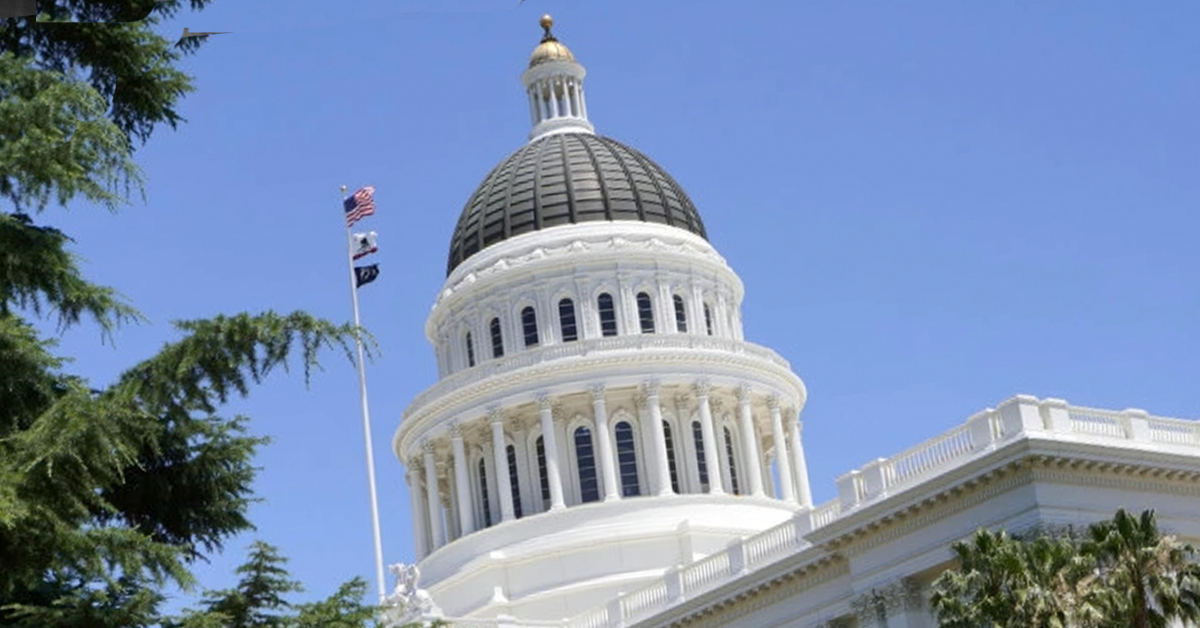I finally found the proper metaphor to make sense of Fresno City Hall’s new development code.
It’s a treaty.
And, like all treaties between sovereign entities, it’s subject to all sorts of eye-opening interpretations and adjustments.
I’ll begin explaining myself by referring to the City Council’s Dec. 3 meeting.
As you recall, the big item last week was Fulton Mall. Should the council award a $22.4 million contract to American Paving to rip up the mall so cars can return to the six-block corridor that once was the heart of Fulton Street?
What made things interesting was the sad fact that City Hall has only $20 million to spend, and city officials have promised not to go into debt to get the project done.
After much talk, the council found a way to say yes. There was applause and hugging in the Council Chamber. Mayor Ashley Swearengin was interviewed by a swarm of reporters outside the chamber’s front doors.
I peeked at all the congratulatory excitement, then slipped back into the chamber. Glad I did, because the council had wasted no time getting to the next item on the agenda.
The city’s new development code had been successfully introduced at the council’s Nov. 19 meeting. The council’s chore on Dec. 3 was adopting it.
Easy as pie, right?
Keep in mind that the idea of a new development code had been kicking around the Swearengin Administration almost as long as the idea for a new general plan. Which means almost since Swearengin took office in early 2009.
The new general plan was approved late last year. That long journey was fun. A general plan has been described as a blueprint for a city’s future growth. In practice, it’s a wish list.
Everybody who’s anybody in Fresno got to add her two cents to the 2035 general plan. The only thing it doesn’t promise is squaring the circle.
What is a development code? It was described as the “nuts and bolts” need to make the general plan work.
The new development code (it wasn’t clear to me if Fresno ever had a formal development code in the 20th century) was supposed to arrive at pretty much the same time as the general plan. Instead, the new development code was a year late.
On top of that, “nuts and bolts” as a descriptive crutch actually does nothing to make sense of a development code. That became obvious when a layman like myself dipped into the proposed code itself.
For example, city officials wrote a report called “Summary of Major Changes” to help the public get a handle on the development code’s reforms.
Here’s what this executive summary says for Article 13, Employment Districts (E): “Uses were added and adjusted in these districts. Front setback options were altered, screen requirements were added to enhance privacy between E and RS, and building orientation requirements were made optional under Enhanced Streetscapes, a section that was added along with external pedestrian connection standards for O districts. Building articulation standards and materials applicability for E districts were altered.”
I know all about real-life “nuts and bolts.” I have no idea what this paragraph means.
Back to the Dec. 3 council meeting.
Council President Oliver Baines explained the need to adopt the new development code. Several council members said they wanted to propose amendments.
Nothing unusual about that. The code had been amended plenty of times on Nov. 19 when it was introduced.
But these amendments were clarifying for me.
Part of the reason was the circumstance. The Nov. 19 meeting was well-attended by the public, even though no public comment was allowed (that had occurred on Nov. 12). On Dec. 3, it appeared no one in the audience other than me was paying attention to this particular agenda item.
The council wouldn’t be trying to sneak in something, would it?
And part of the reason was the special interest nature of the amendments.
Council Member Esmeralda Soria began things with a motion to make a small change regarding mixed-use districts. It seemed of no major consequence.
Then came Council Members Lee Brand and Sal Quintero.
Brand asked that 1.) current city law regarding marijuana dispensaries and cooperatives be inserted in the new development code, and 2.) regulations for recycling centers that had once been part of the proposed code, but had been removed or modified by the Planning Commission, be reinserted.
I had two thoughts.
First, did city staff members decide on their own that the city law banning medical marijuana dispensaries/cooperatives should not be part of the new development code? And did the City Council on Nov. 19 decide to approve the new code with this big hole, only to have Brand at this late hour decide he could fill the hole?
Something odd seemed to be going on.
Second, the regulation of recycling centers has been a big deal to the Administration and the council for several years. Everyone on the Planning Commission had to know this. Did staff (with the blessing of the Administration and individual council members) write a new development code with tough rules for recycling centers, only to have the Planning Commission go rogue and completely remove these tough rules?
Something odd seemed to be going on.
Well, in both cases something odd did occur. But I don’t know if we’ll ever get to the bottom of things.









